In the cubic world of *Minecraft*, the crafting system is vast and filled with endless possibilities. But why do players constantly find themselves making new pickaxes or swords? The answer lies in the durability of tools and armor—yes, these items eventually break. However, that doesn’t mean you have to discard them immediately, especially if it’s an enchanted sword you’ve spent countless hours perfecting. In this guide, we’ll walk through how to repair items in *Minecraft*, a vital skill that can greatly enhance your gameplay efficiency and resource management.
Table of Contents
- How to Create an Anvil in Minecraft?
- How Does the Anvil Work?
- Repairing Enchanted Items in Minecraft
- Features of Using the Anvil
- How to Repair an Item Without an Anvil?
How to Create an Anvil in Minecraft?
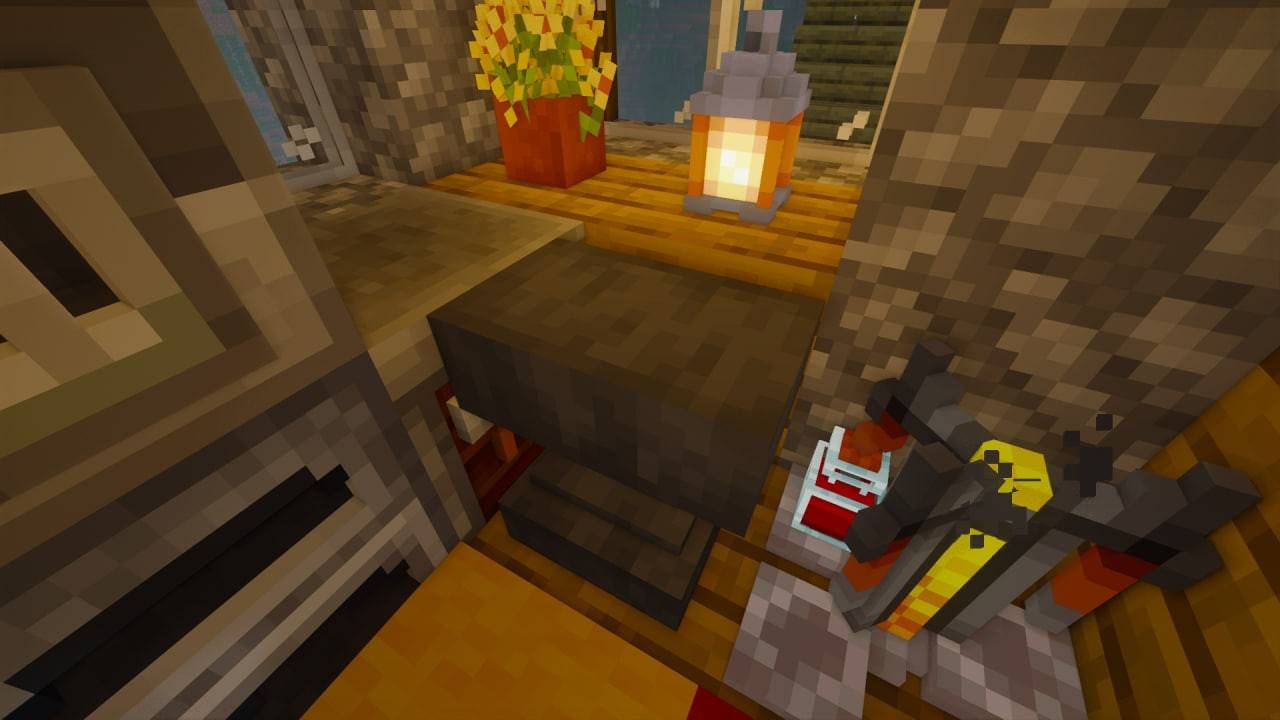 As expected, the anvil plays a central role in repairing tools and weapons. Crafting one isn't overly complicated, but it does require a significant amount of iron. To create an anvil, you'll need 3 iron blocks and 4 iron ingots. Since each iron block requires 9 iron ingots, you're looking at a total of 31 iron ingots! Smelting all that ore will take time and fuel, so having a furnace or blast furnace ready is essential.
As expected, the anvil plays a central role in repairing tools and weapons. Crafting one isn't overly complicated, but it does require a significant amount of iron. To create an anvil, you'll need 3 iron blocks and 4 iron ingots. Since each iron block requires 9 iron ingots, you're looking at a total of 31 iron ingots! Smelting all that ore will take time and fuel, so having a furnace or blast furnace ready is essential.
Once you've gathered the materials, approach your crafting table and follow this layout:
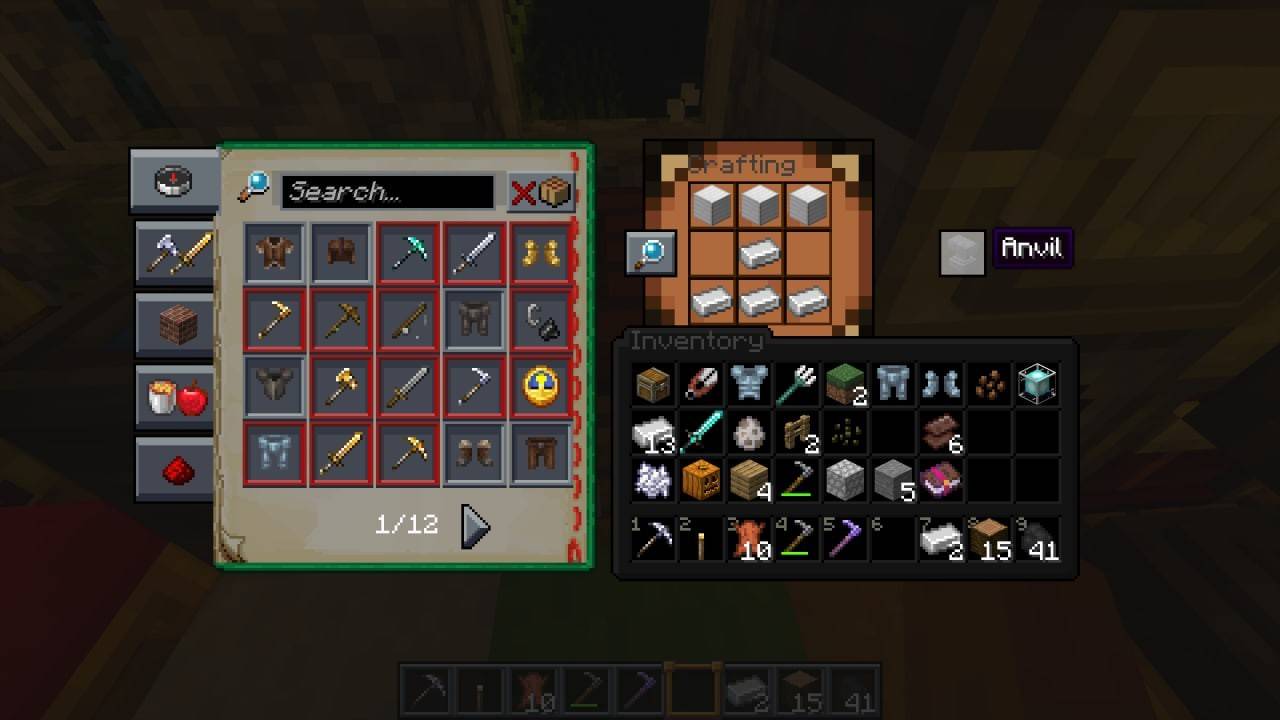
With your anvil crafted, the next step is learning how to use it effectively.
How Does the Anvil Work?
To begin repairing an item, place the anvil on the ground and interact with it to open its interface. You'll see three slots, though only two can be used for repairs. A common method involves combining two damaged tools of the same type to create one fully repaired version.
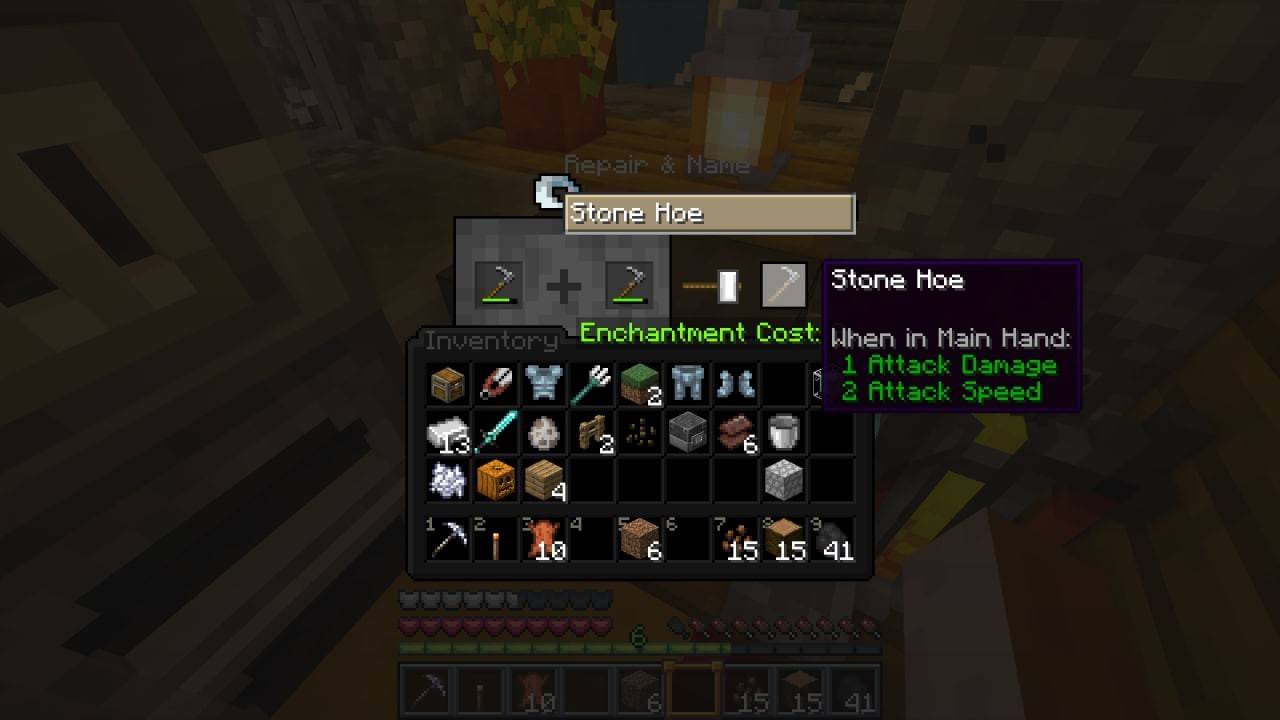
You’re not limited to using identical items—you can also incorporate raw materials needed for crafting the tool. For example, a stone hoe can be repaired using a cobblestone block.
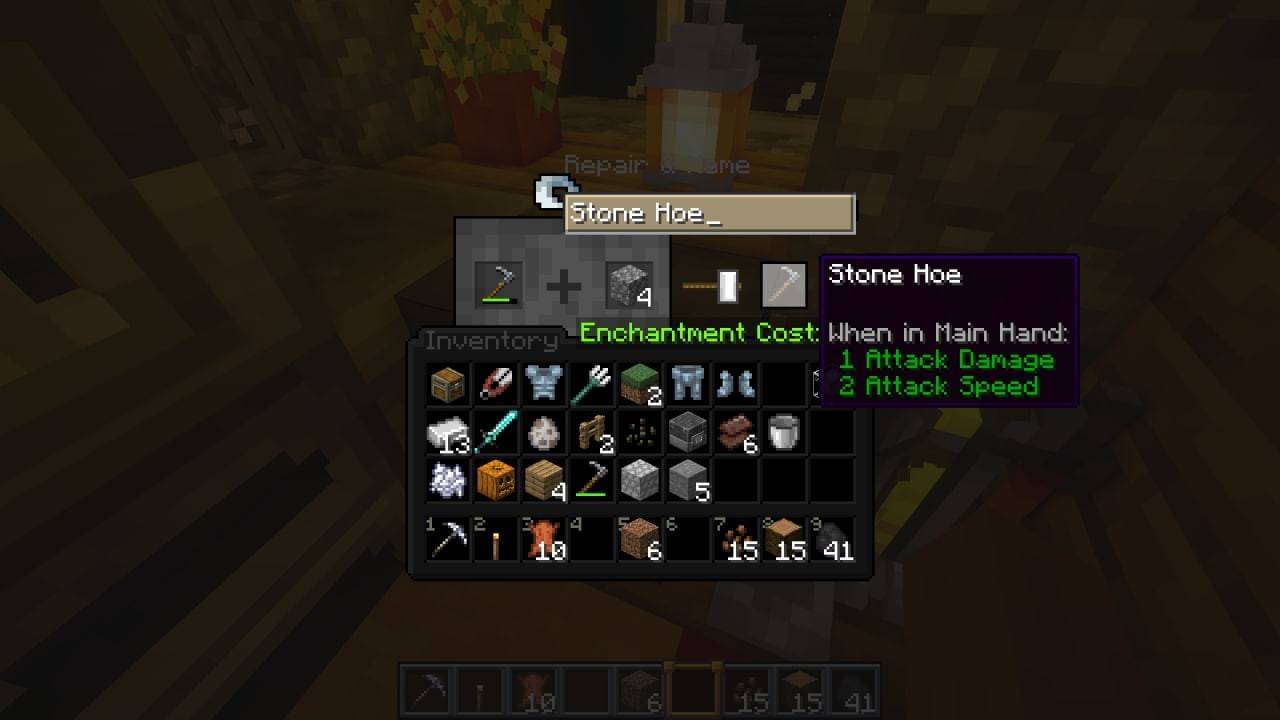
However, keep in mind that every repair action costs experience points (XP). The more durability you restore, the more XP you’ll spend. This mechanic ensures that regular maintenance comes with a strategic trade-off.
Repairing Enchanted Items in Minecraft
Enchanted items can also be repaired using the anvil, although the process is slightly more complex. When combining two enchanted items, their durability and enchantments are merged into one upgraded item. The enchantment properties from both items are combined, potentially increasing the overall effectiveness of the tool or weapon.
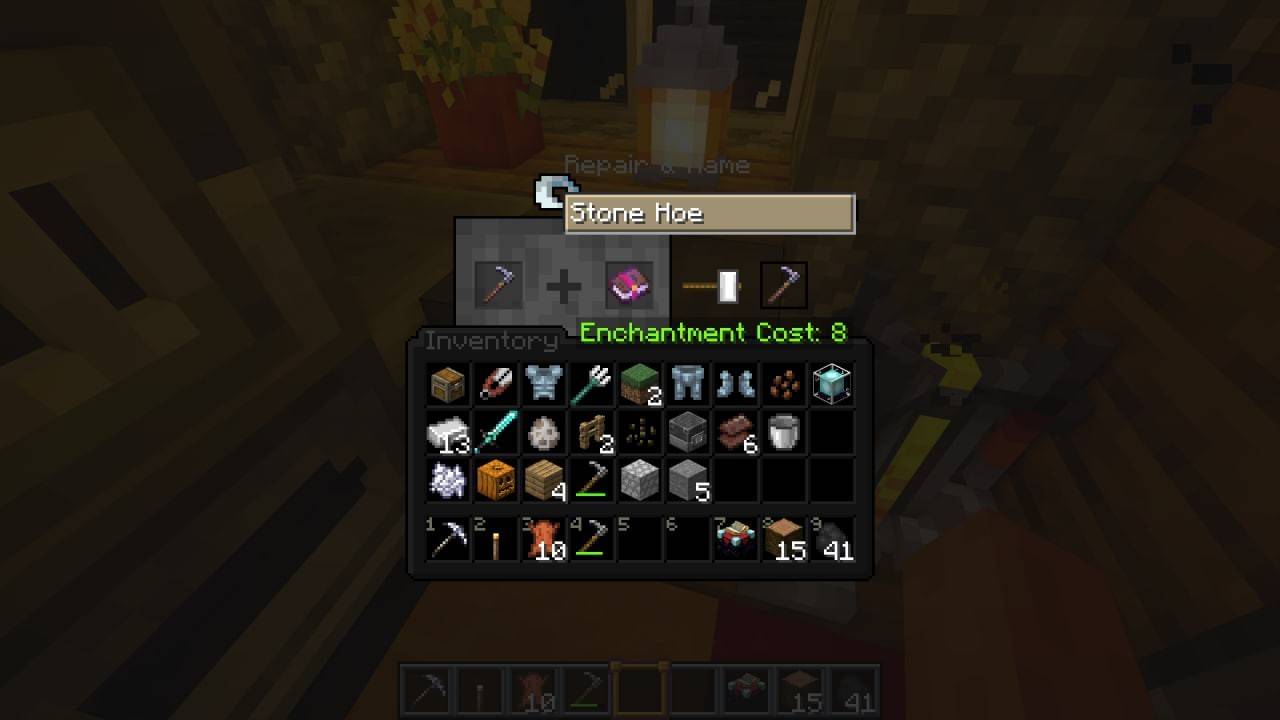
Alternatively, you can combine an enchanted item with an enchanted book to achieve similar results. By placing the item in the first slot and the enchanted book in the second, you can reinforce the existing enchantments while restoring durability. Experiment with different combinations to discover optimal repair strategies!
Features of Using the Anvil
While the anvil is a powerful tool, it's not indestructible. Like other tools, anvils degrade over time and will eventually crack and break after repeated use. Each anvil has a limited number of uses before it becomes unusable, so always keep extra materials on hand to craft a replacement when necessary.
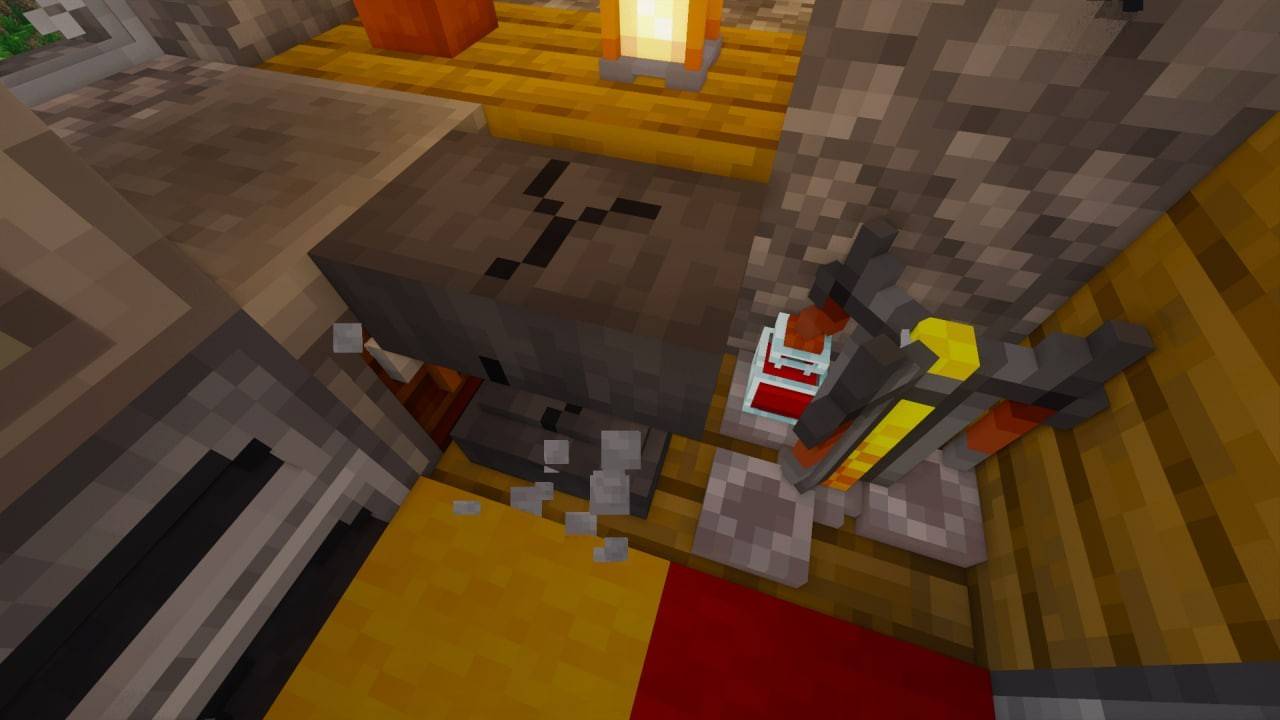
Additionally, some items such as bows, chainmail armor, books, and scrolls cannot be repaired using the anvil. These exceptions require alternative methods or crafting recipes for restoration.
How to Repair an Item Without an Anvil?
One of *Minecraft*'s strengths is its flexibility. If you're out exploring and don’t want to carry a heavy anvil, there are alternative ways to repair your gear. The most straightforward method involves using a crafting table or grindstone.
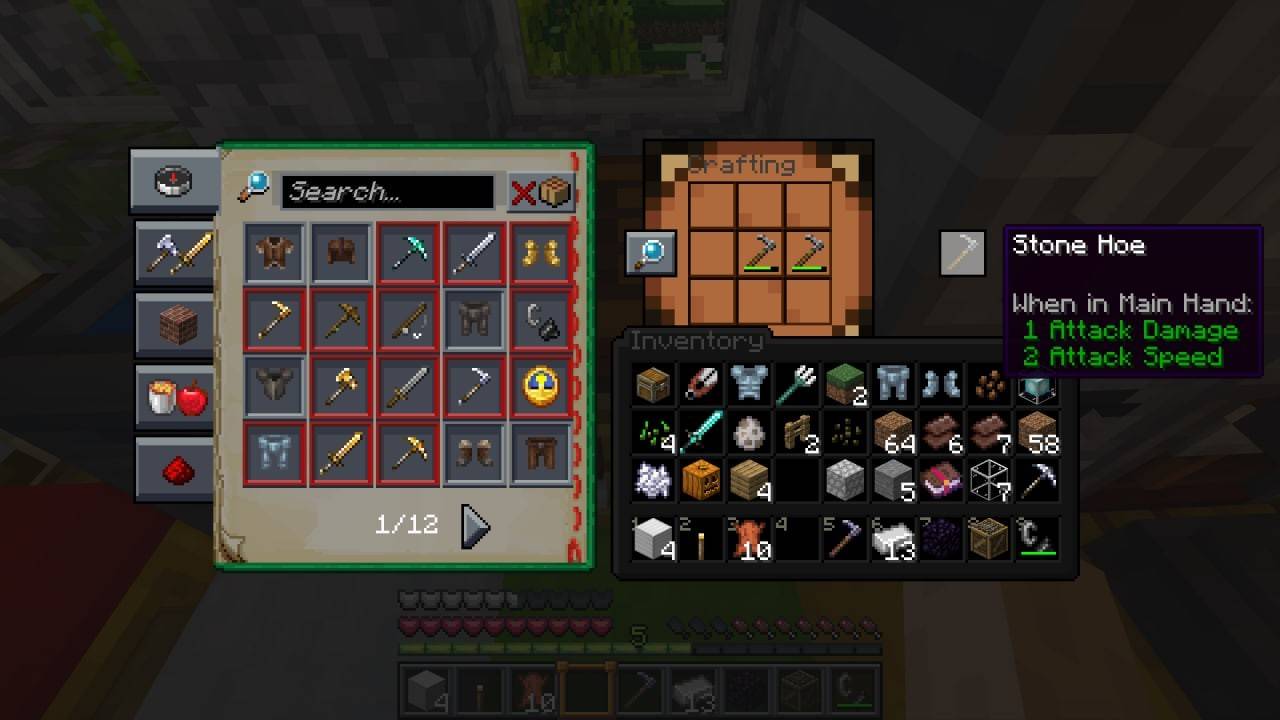
By placing two identical damaged tools into the crafting table, you can merge them into a single item with restored durability. This technique mirrors the functionality of the anvil without requiring any additional blocks, making it ideal for travel or quick fixes.
In conclusion, understanding how to repair items in *Minecraft* significantly enhances your ability to manage resources efficiently. Whether you're using an anvil, crafting table, or grindstone, knowing which method works best in different scenarios will make your adventures smoother and more enjoyable. Don’t forget to experiment with various repair techniques and materials to find what works best for your playstyle!






